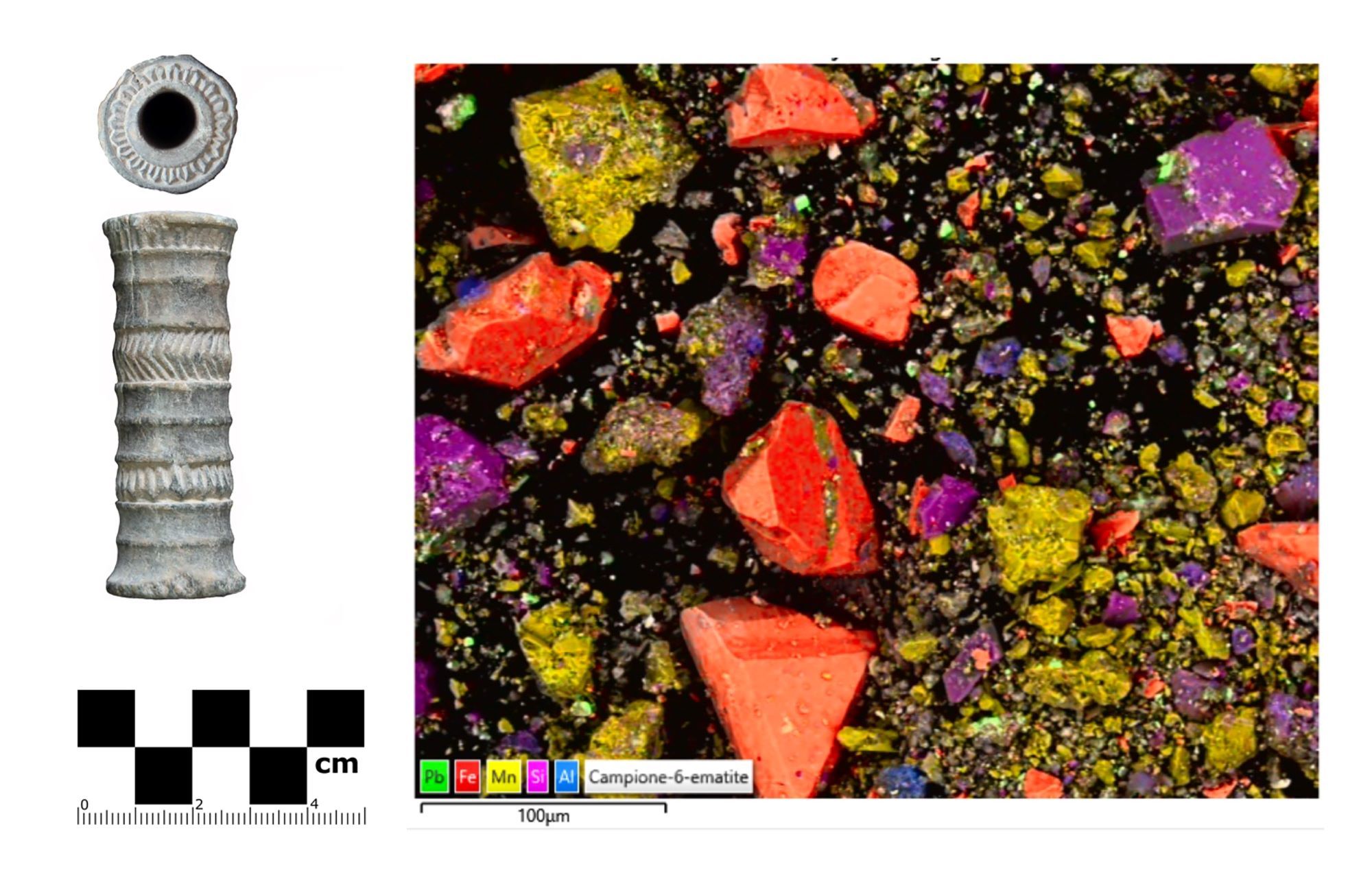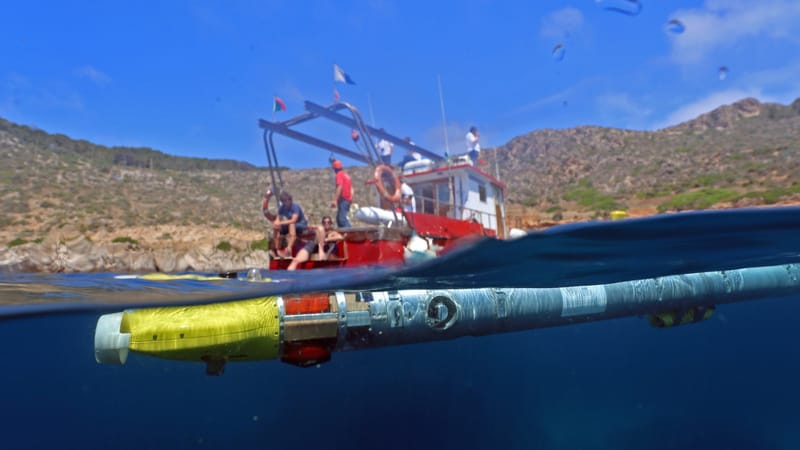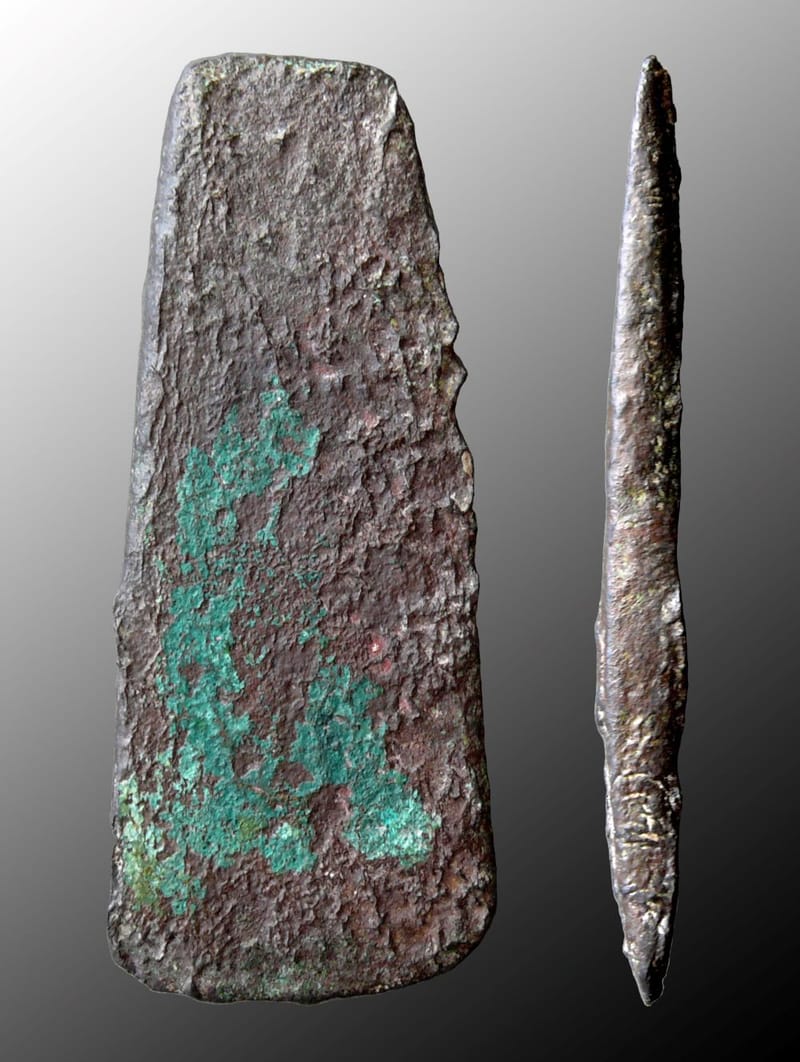World's oldest lipstick discovered in Iran, 4,000 years old
An international study in which the Universities of Padua and Tehran cooperated has analyzed what appears to be the oldest known lipstick. Chemical analysis reveals the incredible similarity to the formulations of modern lipsticks.
In 2001, flooding of the Halil River in southeastern Iran's Kerman province laid bare several necropolises dating back to the 3rd millennium B.C. Many grave goods were stolen and resold in the antiques market. Some of these artifacts were later recovered by Iranian authorities and stored in the Jiroft Museum or scattered in various public and private collections between Kerman and Tehran.
It is precisely from this context, from the Jiroft Museum, that the artifact analyzed in the study entitled "A Bronze Age lip-paint from southeastern Iran" and published in the journal Scientific Reports comes from. The research, conducted by a team of scholars from the University of Padua (specializing in archaeology, chemistry, and mineralogy), in collaboration with archaeologists from the Faculty of Archaeology at Tehran University, focused on the analysis of the contents of a small, finely carved chlorite bottle, dated by radiocarbon between 1900 and 1700 BCE.
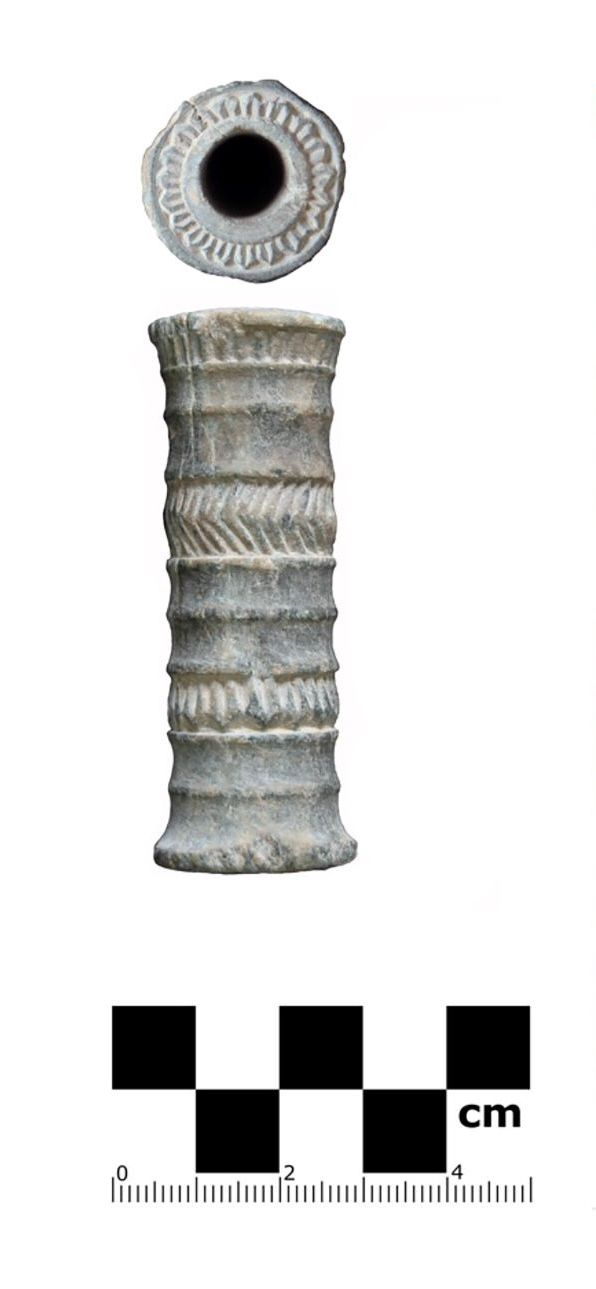
The cylindrical artifact made of greenish chlorite schist had remnants of a fine loose, dark purple powder inside. The results of the investigation, carried out through the use of various diagnostic methods, revealed that more than 80 percent of the analyzed sample was composed of minerals used to obtain a deep red color. Largely hematite, but also brunite and manganite (darkening agents), quartz (illuminating agent), and then again plant oils and waxes, substances with exfoliating and moisturizing properties, the presence of plant fibers is probably to be attributed to a specific fragrance.
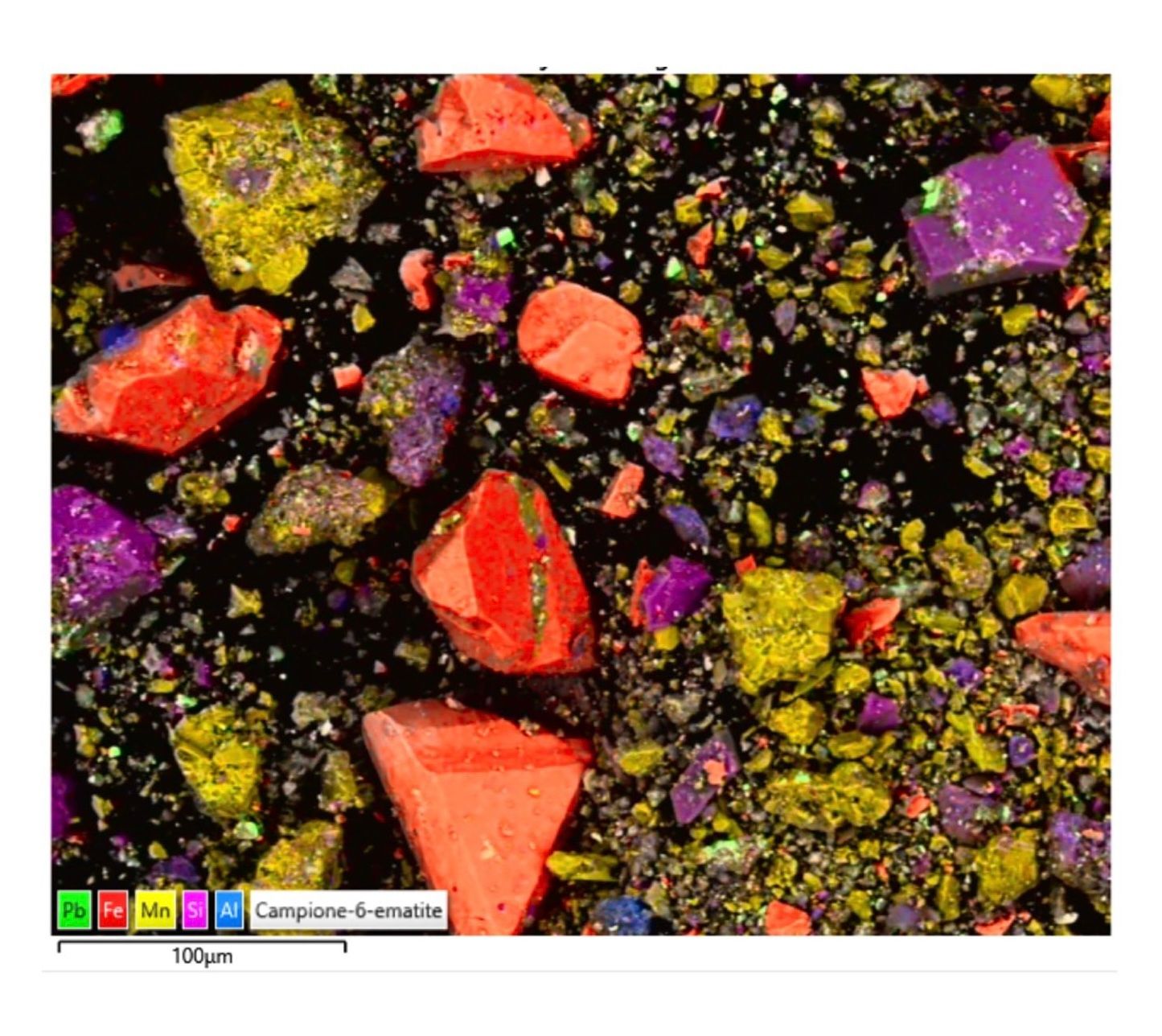
In short, a formulation compatible to those of the best modern cosmetics; both in color intensity and ingredient properties.
"This discovery adds to the results of a line of research that reveals how artisans in ancient Iran, as early as 5,000-4,000 years ago, had developed highly advanced knowledge about metal compounds, natural but also synthetic, that enabled the production not only of kohl (our black eye pencil), but also of lead carbonate-based primer-tints (white lead), and eye shadows that, through the addition of copper and lead chlorine-carbonates, and perhaps urea, turned the basic light coloration toward shades of blue and green."
Prof. Massimo Vidale, Department of Cultural Heritage, University of Padua and corresponding author of the study, explains.

The fact that the newly discovered "lipstick" (presumably to be applied to the lips) contains only minute traces of lead minerals suggests that the "communities of practice" of this technology were aware of the dangers of direct ingestion of this metal. It also suggests the possibility that women's makeup, in formal and ceremonial social contexts, was an important component of the public display of the dominant role of an elite stratum of the population."


